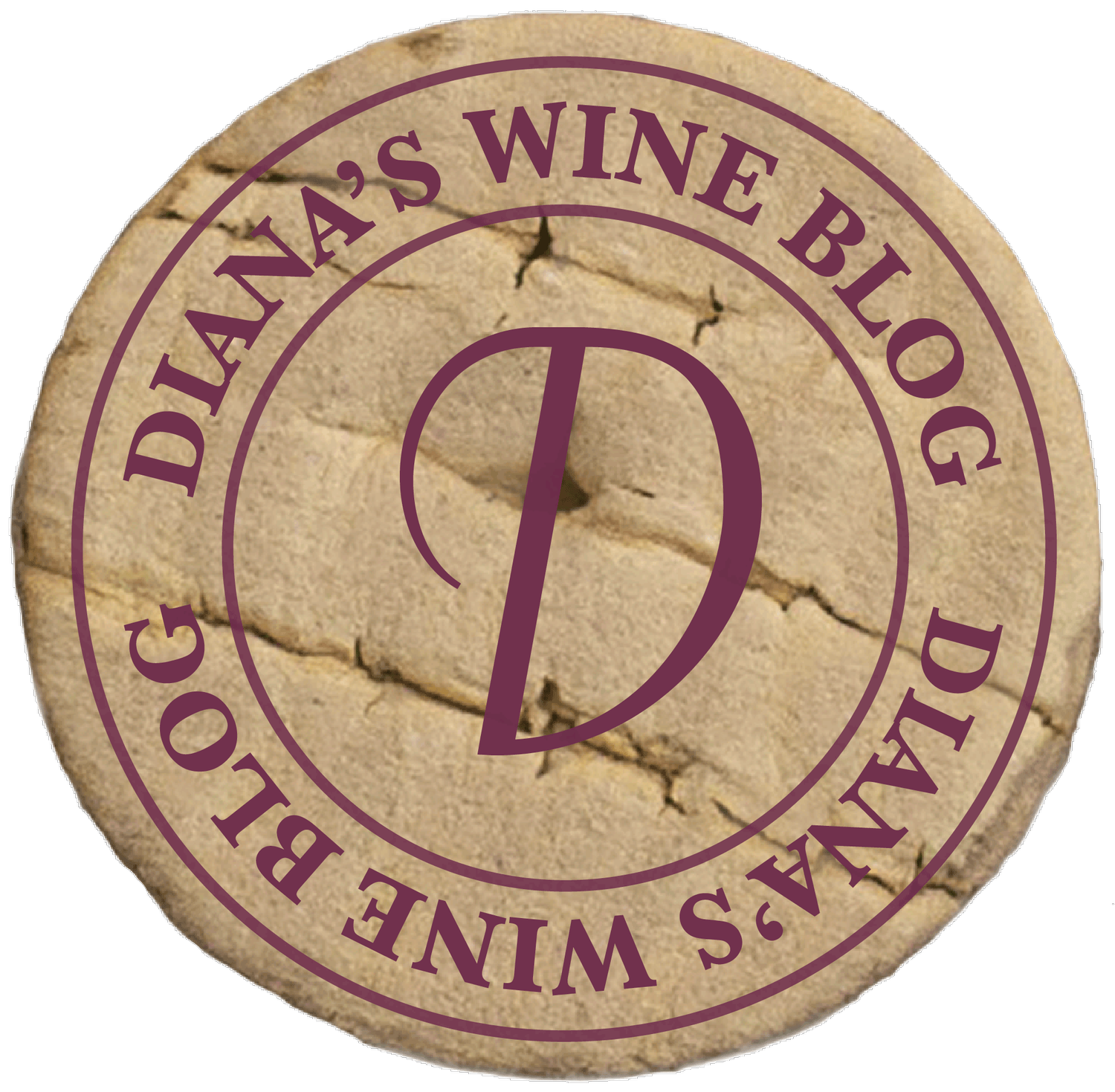Mother Nature Speaks — From Vintage to Vintage
The beauty of wine is that it is dynamic. It is ever-changing with nuances from season to season. While vineyards themselves will have distinct soil composition that typifies them and offers certain characteristics to the wine, different varietals have flavors that typify them when crushed and aged. Winemakers themselves have particular styles that they bring to their process, which, in the end, will have an impact on the wine’s flavors, body, and balance.
The Role of Mother Nature
But there is another player in the mix who has a voice in the final product, and that is Mother Nature. She has a big impact in the year long process. She can be a friend or present many challenges to the vineyard manager and winemaker in the final expression of the wine.
What do I mean? Well, let’s start with the fact that grapes are a crop and subject to the variabilities of weather. The amount of sunlight and heat that they receive throughout the growing season can and does affect the maturation and evolution of flavors. A vineyard manager does his or her best to line up the rows of vines with just the right angle to achieve even and maximum ripening. They ensure the rows allow for just the right air flow to cool off the grapes at night and allow for the proper hang time. The number of leaves on the canopy that shield or let in the sun and heat all play a part in how long the grapes can hang on the vine to attain the best development of phenolic flavors. That is just the beginning of the process.
Mother Nature requires that the vineyard manager and winemaker adjust to the challenges she puts in their path. Remember, it has been said that 60-80% of what you taste in the glass is accomplished in the vineyard. So, as you can imagine, temperature and, of course, sunlight play major roles in how the flavors evolve in the grapes. The grapes need heat – but not too much – and sunlight to put their best foot forward. And a great vineyard manager and winemaker will deal with what they are dealt and make adjustments throughout the growing season.
The 2011 Vintage: Challenges and Opportunities
In California, 2011 was a cool summer. The cool weather affected the entire state, and all wine growing areas were impacted. It has been called one of the most problematic years in recent memory for winemaking. It was not only unusually cool, but often wet. Late season rains came and did damage to the grapes. This was a challenging year to say the least, and what you will have is different wines.
Do not pass over this vintage. Therein lies the opportunity. This vintage is one to discover what is in the glass. We always want to have a balanced wine – one where acid, alcohol and tannins are in harmony. While more of a challenge this year than others, a good winemaker will be able to bring that about; and there are many of those throughout the state.
What 2011 presents is a journey or exploration in the glass. With less heat, more than likely what will be more prevalent are the secondary flavors such as those represented by the earthiness. They could be more herbal in nature. Yet not all of them. Many 2011 wines will be drinkable earlier and will be softer in acid than most years. And again, there are some areas in the Napa valley that managed very well in this year, such as Howell Mountain.
The real message here is to look at the opportunity to explore the wines, taste them and see what appeals to you. Discover new flavors and aromas to add to your repertoire. That is the real pleasure of drinking wine from year to year – there will be differences, and it is fun to discover them. This is not a vintage to miss with the differences that it offers in tastes.
Enjoy!
